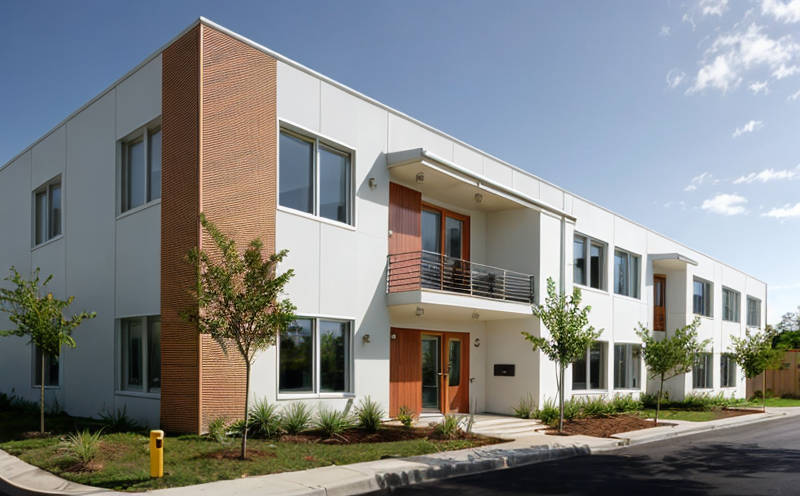
-
Energy and Sustainability Standards-
Circular Economy and Sustainability-
Eco-Design and Energy Sustainability
We provide comprehensive solutions designed to help our clients mitigate risks, enhance performance, and excel in key areas such as quality, health & safety, environmental sustainability, and social responsibility.
Discover
For many years, our organization has been operating successfully, boasting modern laboratories that meet international standards. These laboratories are equipped with the latest technology devices and equipment, and we have built a strong team of experienced and trained personnel to operate them.
DiscoverWelcome to Eurolab, your partner in pioneering solutions that encompass every facet of life. We are committed to delivering comprehensive Assurance, Testing, Inspection, and Certification services, empowering our global clientele with the ultimate confidence in their products and processes.
Discover
-
Energy and Sustainability Standards-
Circular Economy and Sustainability-
Eco-Design and Energy SustainabilityIn an era where environmental concerns are at the forefront of global discourse, the concepts of eco-design and energy sustainability have become essential pillars in reducing the environmental impact of industrial production, consumer goods, and energy systems. Eco-design focuses on creating products that are environmentally friendly throughout their lifecycle, while energy sustainability emphasizes the use of renewable energy resources and the efficient use of energy. Together, these concepts play a crucial role in building a sustainable future by reducing carbon footprints, conserving resources, and promoting energy efficiency.
Eco-design, also known as sustainable design or green design, is the process of designing products with consideration for their environmental impact. The goal of eco-design is to minimize the negative effects that products and services have on the environment during their lifecycle—from raw material extraction, production, and use, to disposal or recycling. This holistic approach involves evaluating a product's environmental footprint and adopting design strategies that reduce resource consumption, energy use, and waste generation.
Key principles of eco-design include:
Use of Sustainable Materials: Choosing materials that are renewable, recyclable, biodegradable, or have minimal environmental impact during extraction and production.
Energy Efficiency: Designing products that consume less energy during their use phase and have energy-saving features.
Durability and Longevity: Creating products that are designed to last longer, reducing the frequency of replacement and minimizing the environmental impact of disposal.
Design for Disassembly: Designing products that can be easily taken apart for repair, recycling, or reuse, rather than being sent to landfills at the end of their lifecycle.
Minimizing Waste: Using fewer materials in manufacturing and promoting reuse and recycling of products and components.
Energy sustainability refers to the use of energy resources in a way that meets present needs without compromising the ability of future generations to meet their own energy needs. It emphasizes the importance of using renewable and clean energy sources (such as wind, solar, and hydroelectric power) over finite fossil fuels. It also focuses on improving energy efficiency in production, distribution, and consumption to reduce environmental impact and ensure long-term energy security.
Key principles of energy sustainability include:
Renewable Energy: Shifting from fossil fuels to renewable energy sources such as solar, wind, geothermal, and biomass. These energy sources have minimal environmental impact and are abundant in nature.
Energy Efficiency: Enhancing the efficiency of energy use in industries, households, and transportation. This involves using less energy to achieve the same result, which not only conserves resources but also reduces emissions.
Decarbonization: Reducing or eliminating carbon emissions from energy production and consumption. This can be achieved through renewable energy adoption, energy-efficient technologies, and carbon capture and storage (CCS).
Distributed Energy Generation: Promoting energy generation at the point of use, such as through rooftop solar panels or local wind turbines. This reduces transmission losses and increases energy security.
The convergence of eco-design and energy sustainability plays a key role in driving the transition to a greener economy. When products are designed with both environmental and energy considerations in mind, they reduce resource consumption and promote the efficient use of energy throughout their lifecycle. Eco-design principles can be applied to a wide range of sectors, from electronics and appliances to buildings and vehicles, contributing to a more energy-efficient and sustainable world.
Energy-Efficient Product Design: Many products, such as appliances, lighting systems, and vehicles, have been designed with energy efficiency in mind. Eco-design seeks to minimize energy use during the product’s use phase, which directly contributes to energy sustainability.
Sustainable Energy Consumption in Manufacturing: Eco-design encourages manufacturers to use renewable energy sources in their production processes and optimize energy use in factories and supply chains. This minimizes the environmental impact of manufacturing and contributes to the sustainability of the products being created.
Life Cycle Thinking: One of the core principles of eco-design is considering the entire life cycle of a product, from raw material extraction to disposal. In this regard, products designed with energy sustainability in mind can be more easily recycled, reused, or repurposed, contributing to a more circular economy and reducing the energy and resources required for disposal or manufacturing new products.
Reduction in Carbon Emissions: By designing products and systems that are energy-efficient and use renewable resources, both eco-design and energy sustainability directly contribute to reducing carbon emissions and combating climate change.
Resource Conservation: Eco-design focuses on using sustainable materials and reducing waste, leading to the conservation of natural resources. When combined with energy sustainability efforts, such as the use of renewable energy, the consumption of non-renewable resources is significantly reduced.
Cost Savings: Energy-efficient products and processes can lead to substantial cost savings over time, both for manufacturers and consumers. Lower energy bills, reduced waste, and longer product lifespans all contribute to the financial advantages of adopting eco-design and energy sustainability practices.
Improved Environmental Performance: Products designed with sustainability in mind tend to have a smaller environmental footprint. This includes less energy consumption, lower emissions, and reduced waste generation, helping businesses meet regulatory standards and appeal to environmentally conscious consumers.
Enhanced Brand Reputation: Companies that prioritize eco-design and energy sustainability often gain positive recognition for their commitment to sustainability. This can increase customer loyalty, attract environmentally conscious consumers, and give businesses a competitive edge in an increasingly eco-aware market.
Higher Initial Costs: Implementing eco-design practices, such as using renewable materials or energy-efficient technologies, can lead to higher upfront costs. While these costs are often offset by long-term savings and environmental benefits, the initial investment can be a barrier for some businesses.
Lack of Standardization: The absence of universally accepted standards and guidelines for eco-design and energy sustainability can make it difficult for businesses to know how to implement these principles effectively.
Consumer Awareness: While awareness of the environmental impact of products is growing, many consumers may still be unaware of the energy efficiency and sustainability features of the products they purchase. Educating consumers is critical for the widespread adoption of eco-designed products.
Supply Chain Complexity: Designing products with sustainability in mind requires careful coordination across the entire supply chain, including raw material sourcing, manufacturing, transportation, and recycling. Ensuring that all stages of the lifecycle align with sustainability goals can be challenging.
Eco-design and energy sustainability are integral components of creating a greener, more sustainable future. By adopting eco-design principles and integrating energy sustainability into product development, businesses can reduce their environmental impact, conserve resources, and contribute to the global transition toward renewable energy. While there are challenges to overcome, the long-term benefits—both environmental and economic—make it clear that eco-design and energy sustainability are not just trends but essential strategies for addressing the world’s pressing environmental issues. As technology continues to advance, the integration of these principles into everyday products and systems will play a key role in ensuring a more sustainable and energy-efficient future.

Railway Industry Compliance
Railway Industry Compliance: Ensuring Safety and Efficiency The railway industry is a critical comp...
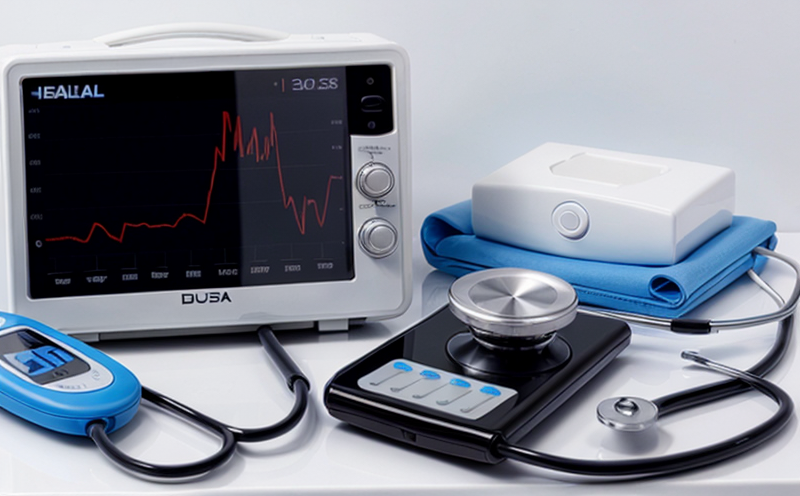
Healthcare and Medical Devices
The Evolution of Healthcare and Medical Devices: Trends, Innovations, and Challenges The healthcare...
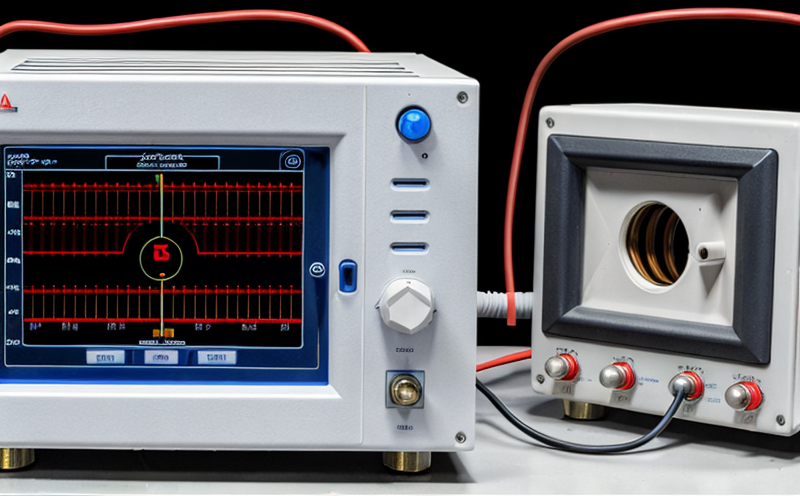
Electrical and Electromagnetic Testing
Electrical and Electromagnetic Testing: A Comprehensive Guide Introduction Electrical and electrom...

Transportation and Logistics Certification
Transportation and Logistics Certification: A Comprehensive Guide The transportation and logistics ...

Fire Safety and Prevention Standards
Fire Safety and Prevention Standards: Protecting Lives and Property Fire safety and prevention stan...
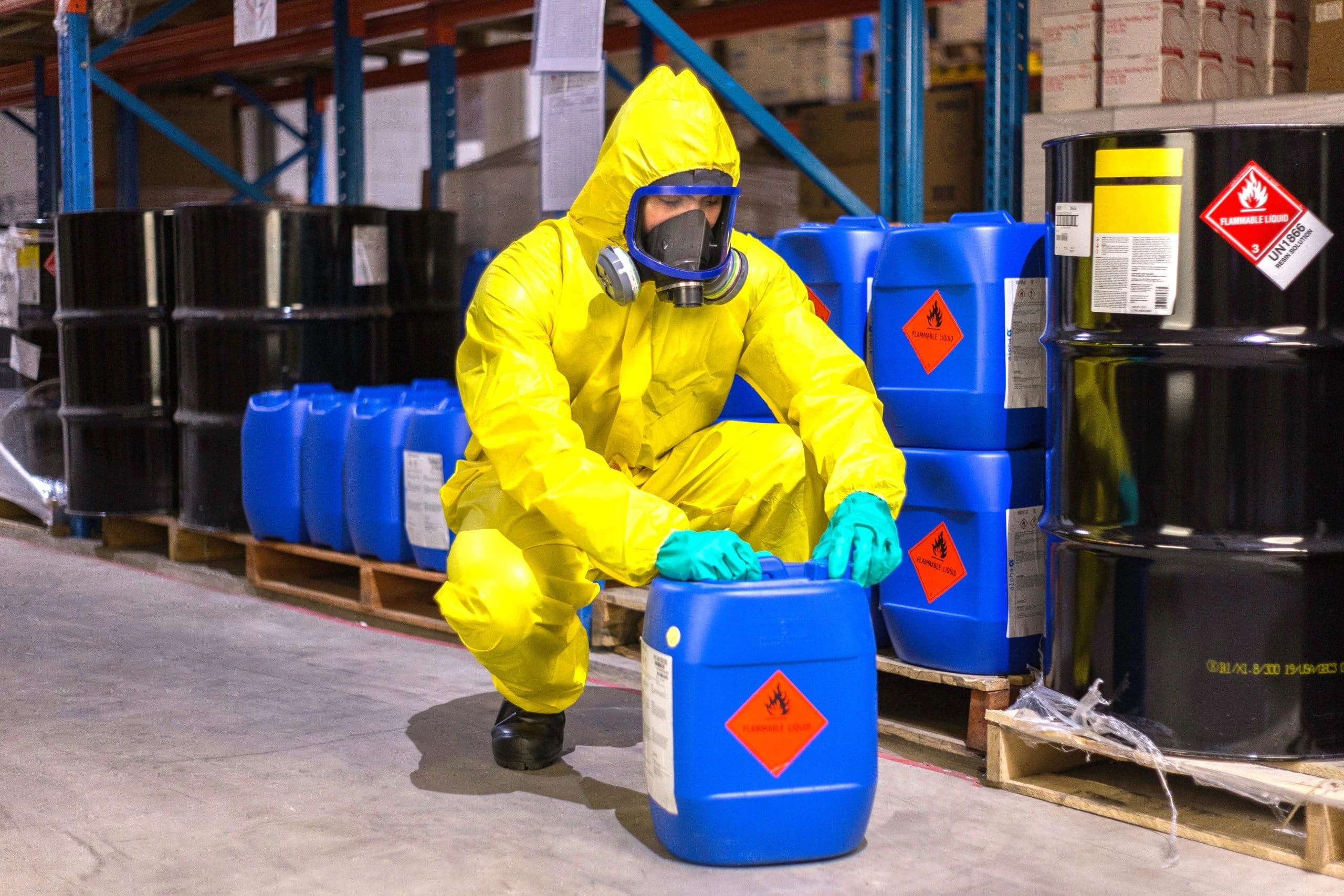
Chemical Safety and Certification
Chemical safety and certification are critical in ensuring the safe management of products and proce...
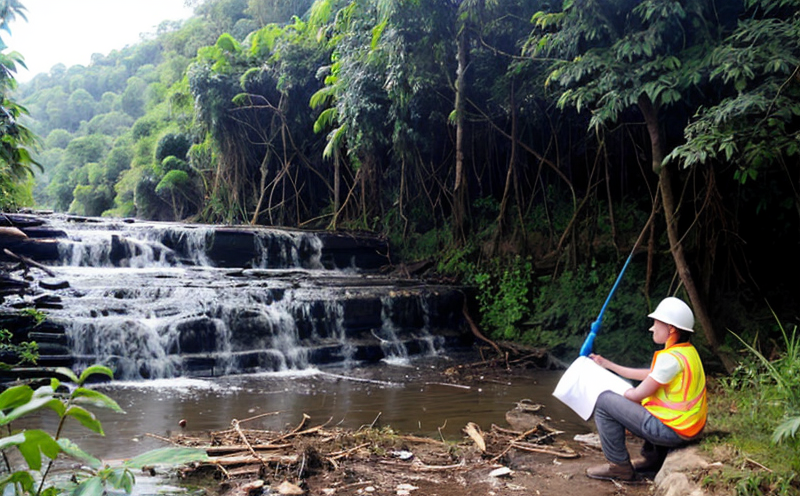
Environmental Impact Assessment
Environmental Impact Assessment: A Comprehensive Guide Environmental Impact Assessment (EIA) is a c...
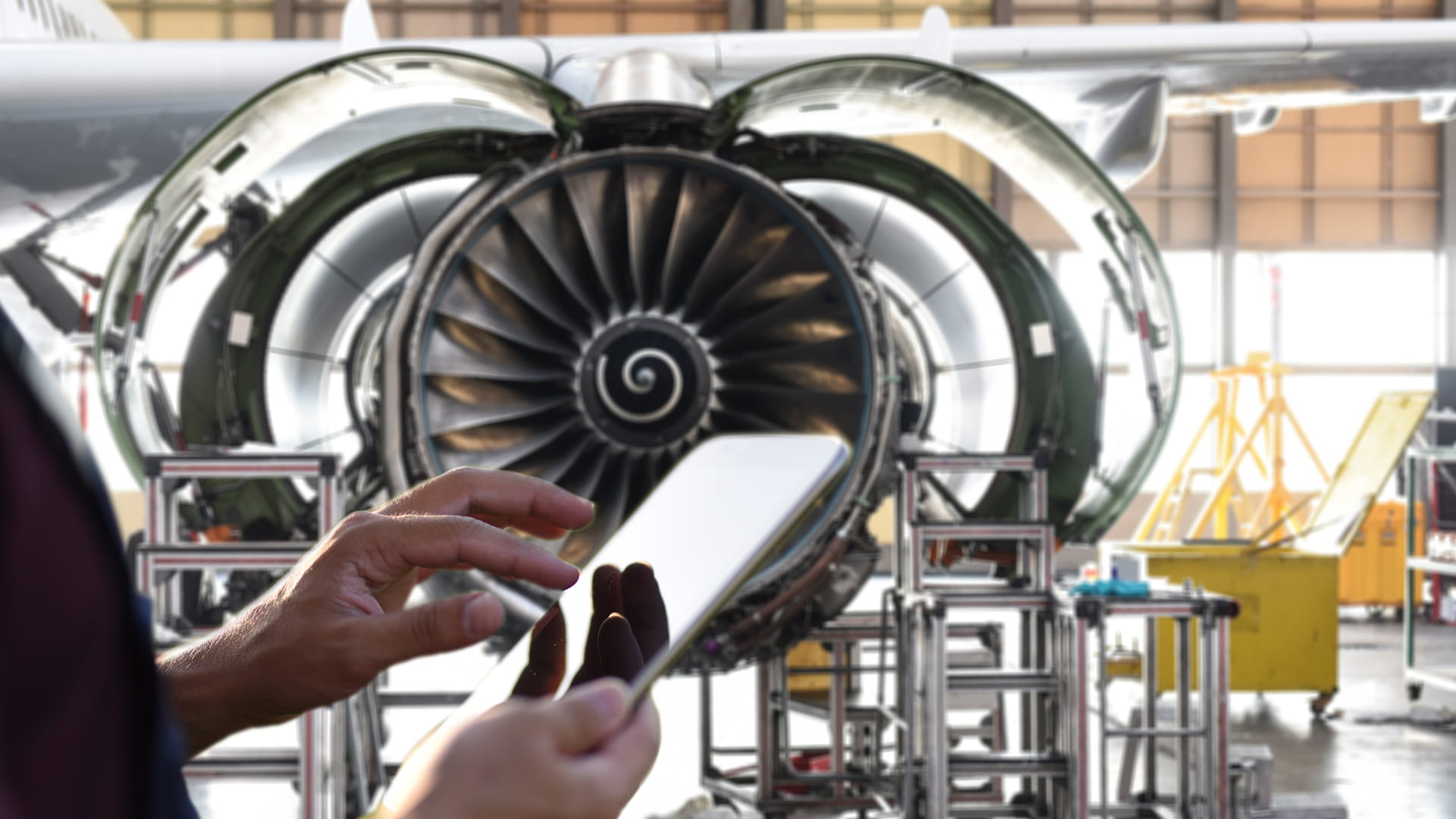
Aviation and Aerospace Testing
Aviation and Aerospace Testing: Ensuring Safety and Efficiency The aviation and aerospace industr...
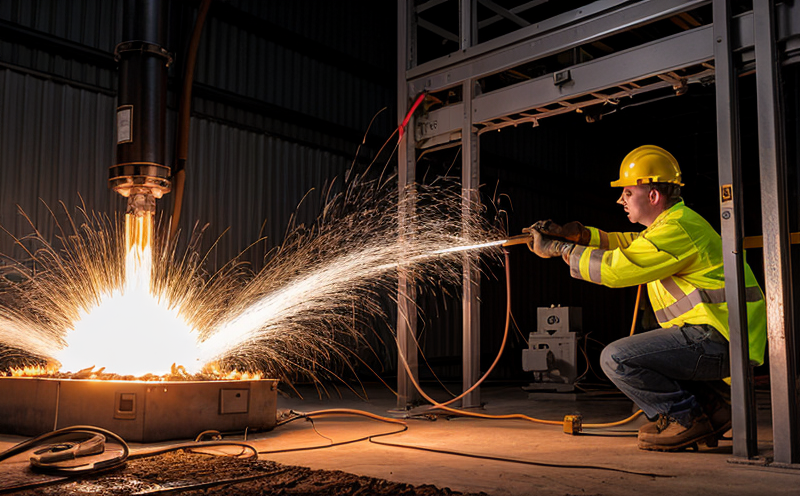
Electromechanical Safety Certification
Electromechanical Safety Certification: Ensuring Compliance and Protecting Lives In todays intercon...
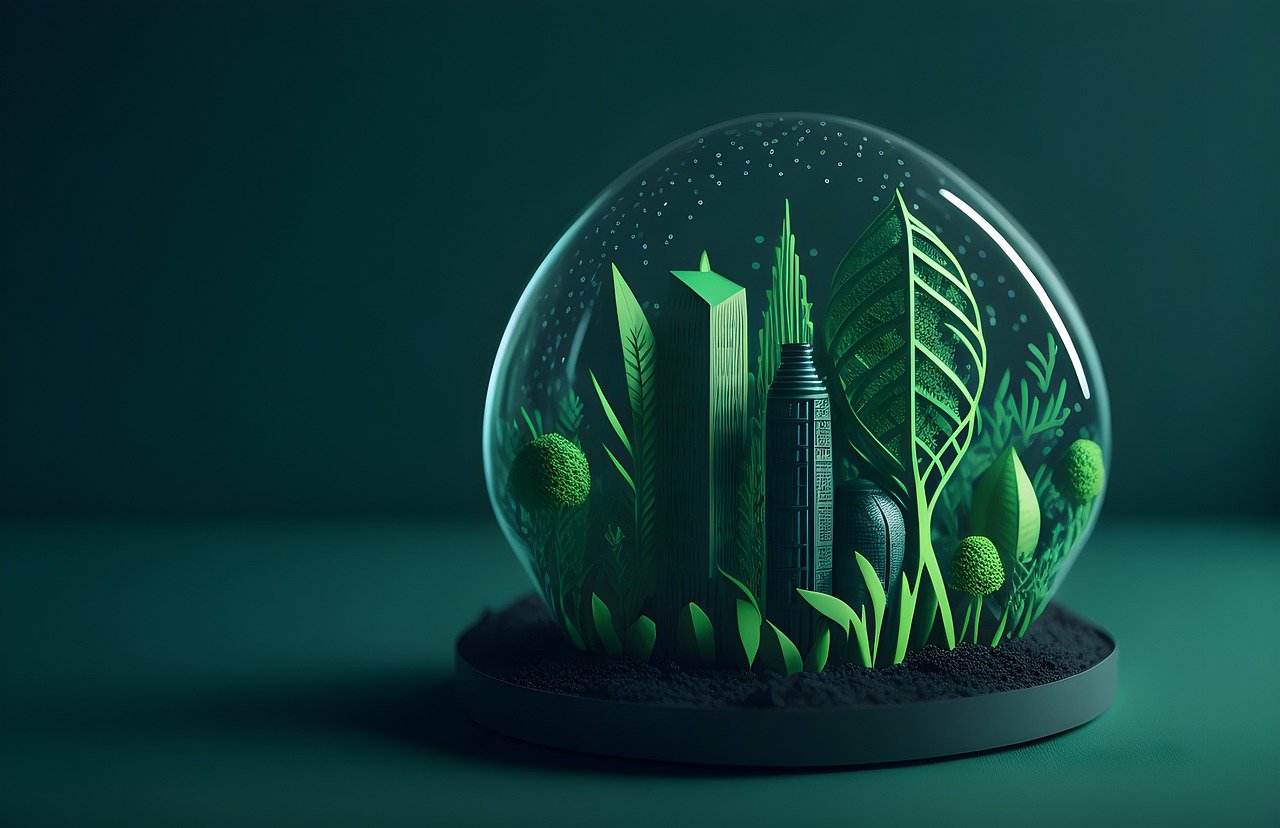
Energy and Sustainability Standards
In today’s rapidly evolving world, businesses face increasing pressure to meet global energy a...

Military Equipment Standards
Military Equipment Standards: Ensuring Effectiveness and Safety The use of military equipment is a ...
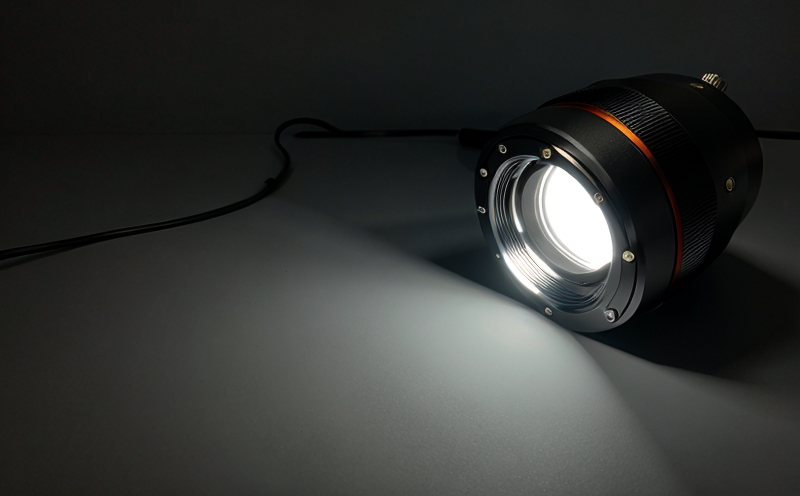
Lighting and Optical Device Testing
Lighting and Optical Device Testing: Ensuring Performance and Safety Lighting and optical devices a...

Consumer Product Safety
Consumer Product Safety: Protecting Consumers from Harmful Products As a consumer, you have the rig...
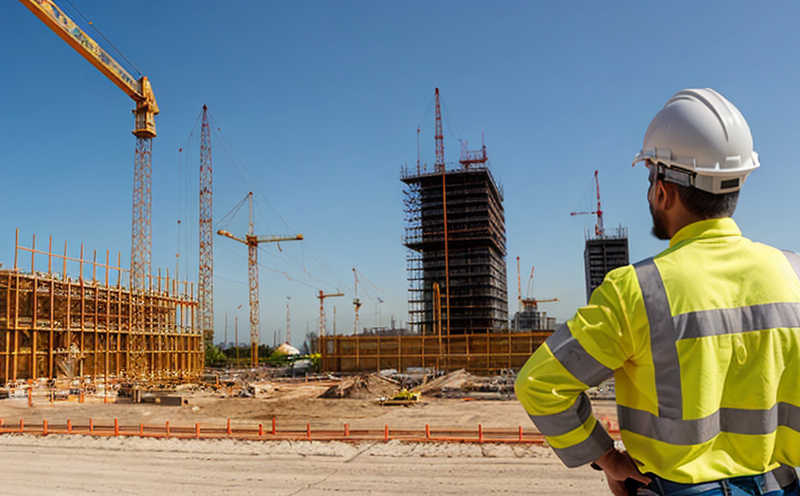
Construction and Engineering Compliance
Construction and Engineering Compliance: Ensuring Safety, Quality, and Regulatory Adherence In the ...
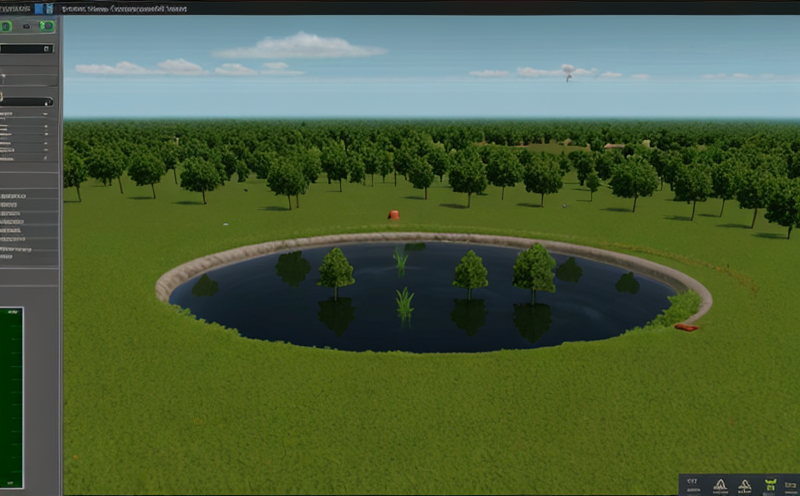
Environmental Simulation Testing
Environmental Simulation Testing: A Comprehensive Guide In todays world, where technology is rapidl...

Food Safety and Testing
Food Safety and Testing: Ensuring the Quality of Our Food As consumers, we expect our food to be sa...
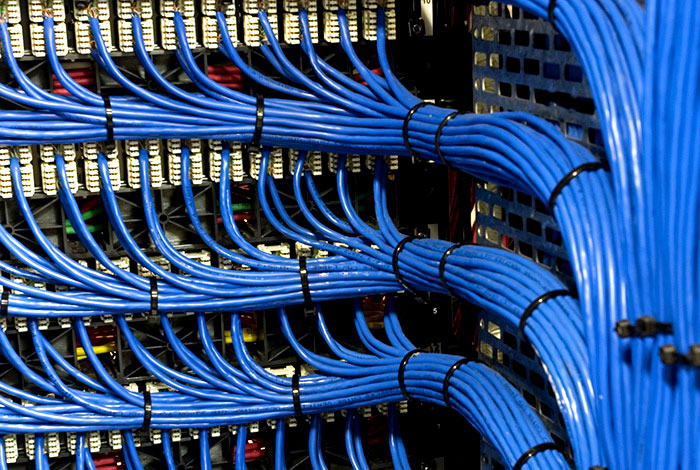
NEBS and Telecommunication Standards
Network Equipment Building System (NEBS) and Telecommunication Standards The Network Equipment Bu...

Pharmaceutical Compliance
Pharmaceutical compliance refers to the adherence of pharmaceutical companies and organizations to l...

Hospitality and Tourism Certification
Hospitality and Tourism Certification: Unlocking Opportunities in the Industry The hospitality and ...
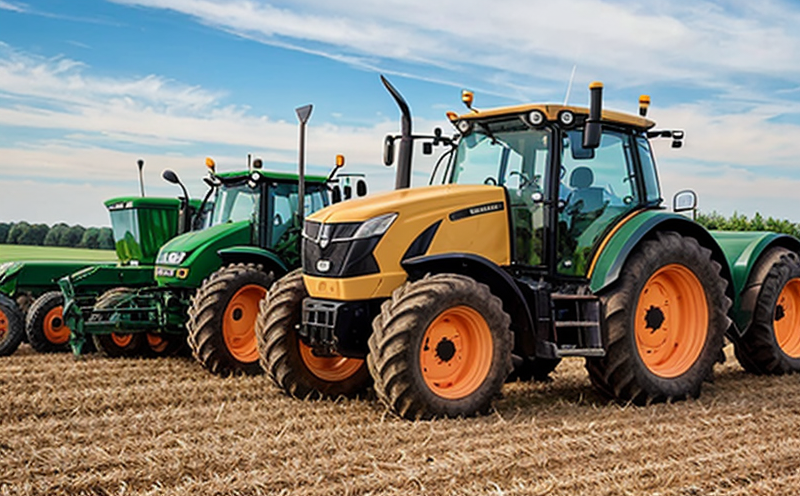
Agricultural Equipment Certification
Agricultural equipment certification is a process that ensures agricultural machinery meets specific...

Product and Retail Standards
Product and Retail Standards: Ensuring Quality and Safety for Consumers In todays competitive marke...
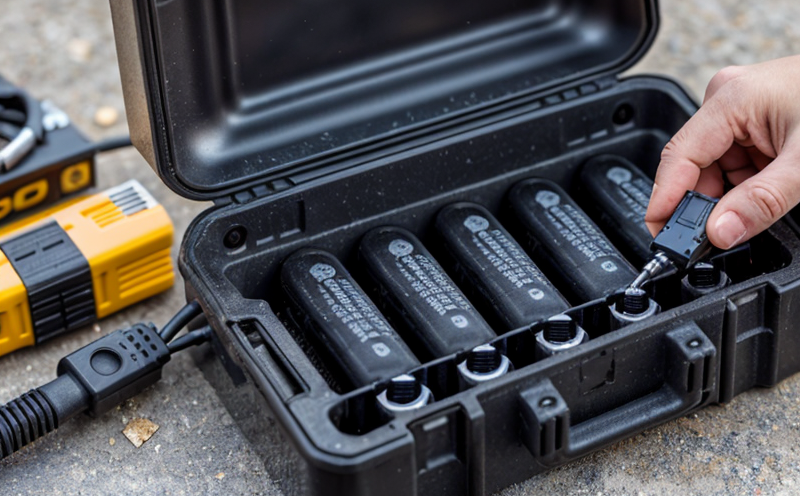
Battery Testing and Safety
Battery Testing and Safety: A Comprehensive Guide As technology continues to advance, battery-power...
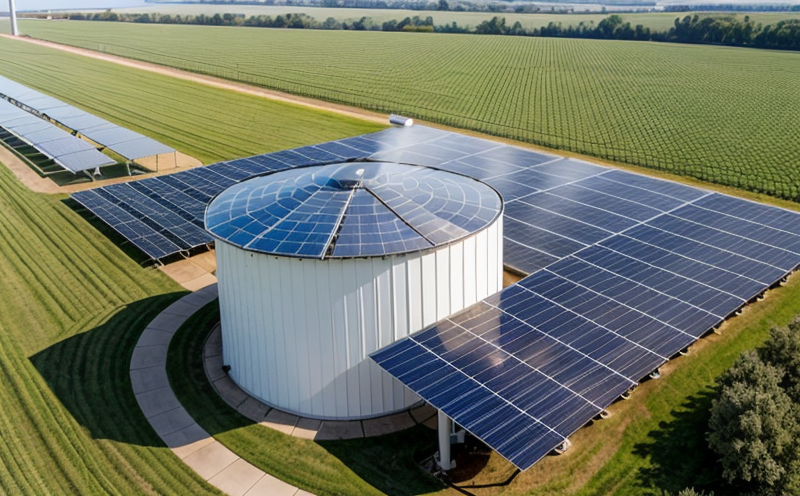
Renewable Energy Testing and Standards
Renewable Energy Testing and Standards: Ensuring a Sustainable Future The world is rapidly transiti...

Cosmetic Product Testing
The Complex World of Cosmetic Product Testing The cosmetics industry is a multi-billion-dollar ma...

Automotive Compliance and Certification
Automotive Compliance and Certification: Ensuring Safety and Efficiency The automotive industry is ...

Trade and Government Regulations
Trade and government regulations play a vital role in shaping the global economy. These regulations ...
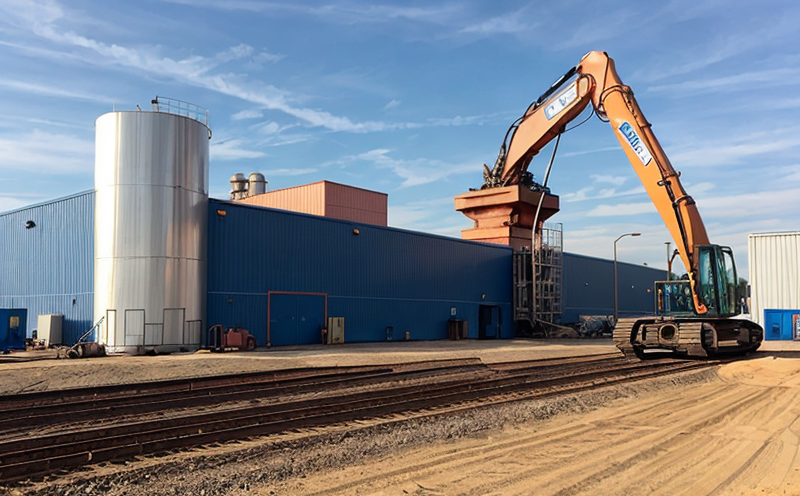
Industrial Equipment Certification
Industrial equipment certification is a critical process that ensures industrial equipment meets spe...
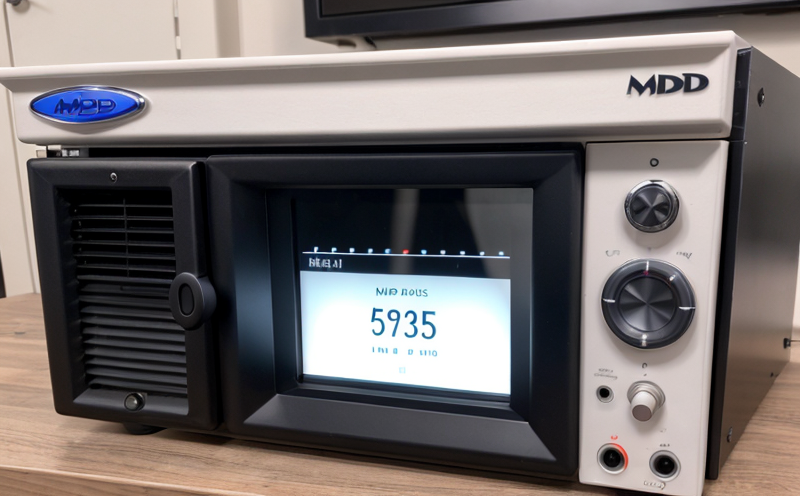
MDR Testing and Compliance
MDR Testing and Compliance: A Comprehensive Guide The Medical Device Regulation (MDR) is a comprehe...
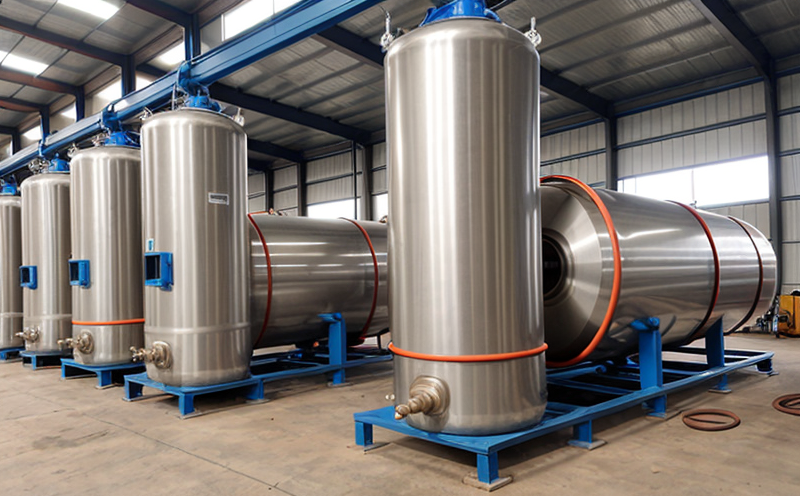
Pressure Vessels and Installations Testing
Pressure Vessels and Installations Testing Pressure vessels are a critical component of various ind...
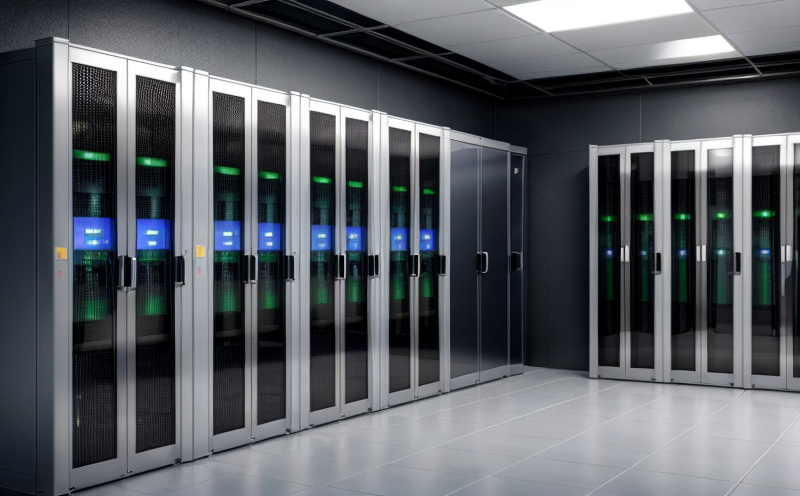
IT and Data Center Certification
IT and Data Center Certification: Understanding the Importance and Benefits The field of Informatio...